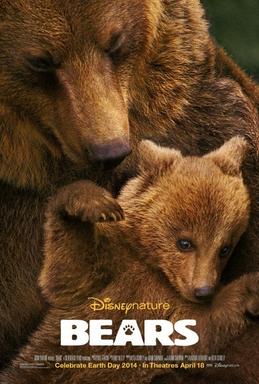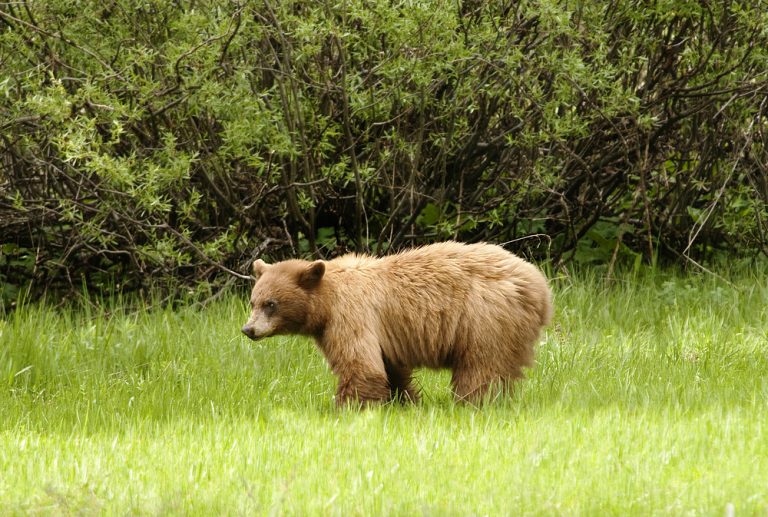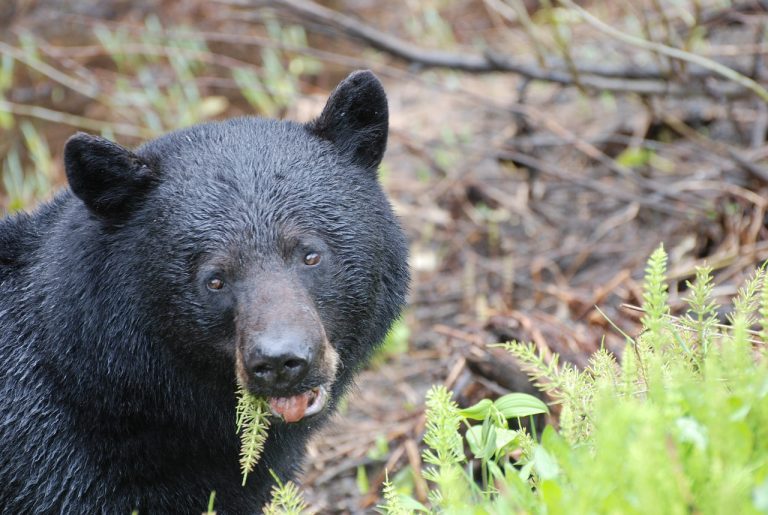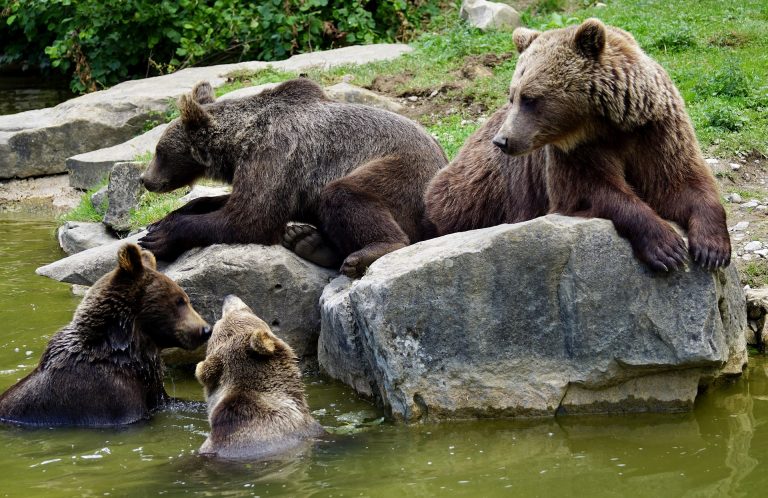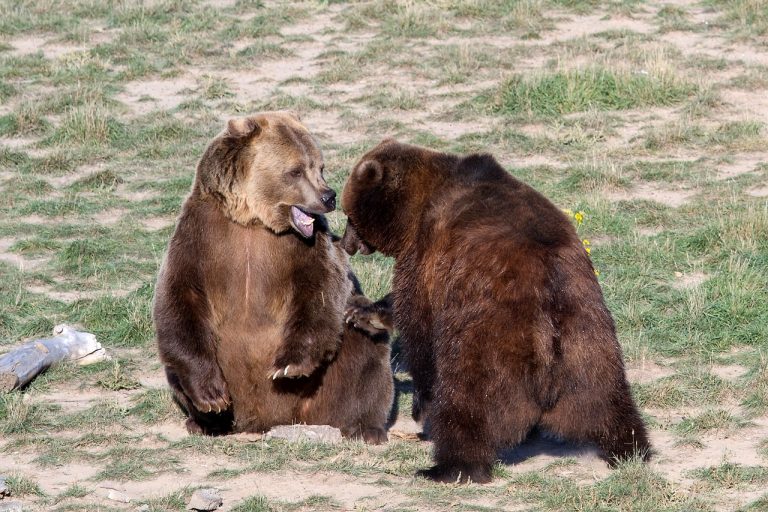Conservation Spotlight On The “Yeti”: Saving The Himalayan Brown Bear
The Himalayan Brown Bear is one popular animal. Scientists now believe it’s the source of the Yeti legend.
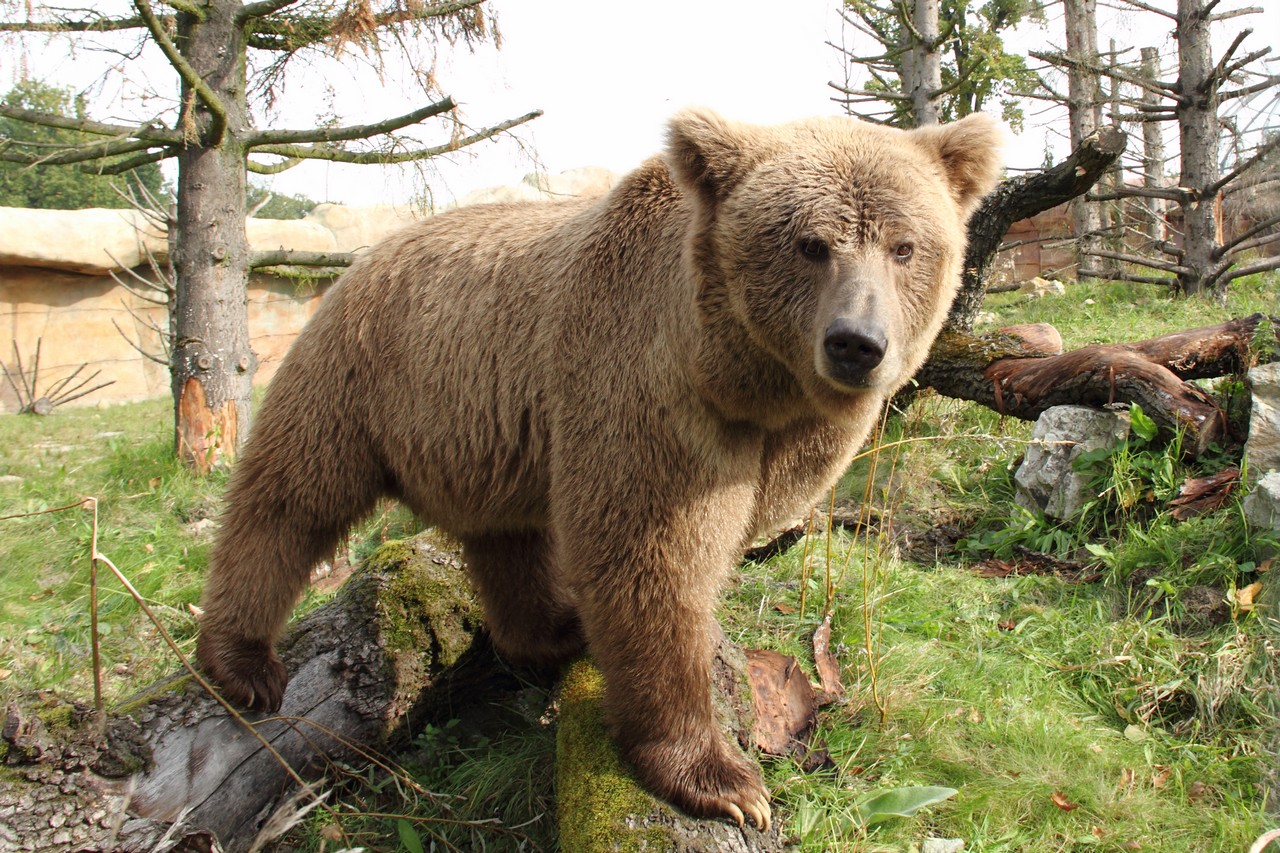
The Himalayan Brown Bear (Ursus Arctos Isabellinus) is a subspecies of one of the most widely distributed bears on the face of the Earth: The Brown bear. Brown bear populations are commonly found in large numbers in many parts of Europe, Asia, and North America.
However, the case of the Himalayan brown bear is quite different and peculiar. This bear is native to the Himalayas in remote, mountainous terrains of Pakistan, western China, Nepal, Tibet, and India. But unlike its kind in Eurasia and North America, the Himalayan variety is severely threatened and facing pressures from many angles.
As a matter of fact, this bear is now Critically Endangered.
Below are some facts about the Himalayan brown bear and the conservation efforts to save it from extinction.
Characteristics Of The Himalayan Brown Bear And Connection To The Yeti.
The Himalayan brown bear, or Himalayan Red Bear, is a very large creature that can grow up to 2.2 meters (7 feet) long. Females are slightly smaller. It’s actually the largest mammal in the entire region.
It has a large head, small ears and eyes, shaggy fur, and thick, stocky limbs.
Also, they are omnivores and like to eat grasses, roots and other plants, insects and small mammals, fruits and berries. In addition, they prey on large mammals, and livestock including sheep and goats where available. Adults of this subspecies typically eat before sunrise and then again later in the afternoon.
The ancestors of this bear belong to the most ancient brown bear lineage.
Links to the Yeti or Abominable Snowman legend.
This bear was once widely referred to as the “Dzu-Teh” and scientists now believe it is source behind the legend of the Yeti. That’s most likely because of this bear’s ability to walk upright for extended periods of time. Also, its habitat coincides with areas where there have been reported sightings of so-called “Yeti.”
Scientists have concluded that hairs allegedly deposited by the “Yeti” actually belong to the Himalayan brown bear subspecies.
Conservation Challenges Affecting The Himalayan Brown Bear.
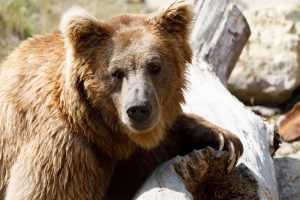
This bear dwells in several protected areas. Even so, it is becoming increasingly rare and is now seriously threatened by several factors; mostly man-made.
Most pressing among several issues are:
- Several small populations of these bears exist but they are small and isolated. Also, these populations cannot meet and breed because of political boundaries that block interaction.
- Populations are fragmented by increasing human encroachment and bear/livestock conflicts. Sadly, shepherds frequently kill them to protect their livestock.
- Loss of suitable habitat and continuous persecution by humans.
- Poachers hunt them for their fur and claws for ornamental purposes and internal organs for medicinal potions.
- In Himachal, India, the buransh tree is a popular plant of commercial value and it even bears the state flower. But, the bears prefer to live around this tree. Unfortunately, the trees are being cut down in large numbers for profit thereby leading to even more destruction of the brown bears’ home.
- The ancient practice of bear-baiting still exists in Pakistan and the Himalayan brown bear is used mostly because of its large size.
Presently, there are very few of these bears left in the wild. There are just about 150 to 200 in Pakistan, 35 in total in Kugti and Tundah (India), and another 500 to 750 in other parts of India. This bear is now functionally extinct in Bhutan.
The Himalayan Brown Bear is Critically Endangered and is now officially extinct in Bhutan.
What Does The Future Hold For The Himalayan Brown Bear?
Despite the precarious situation of these animals, all hope is not lost. There are several on-going efforts for recovery.
Topmost among them is the conservation efforts of the Snow Leopard Foundation (SLF) in Pakistan. They’ve been actively involved in research on this bear for years now. In that time, the foundation has been able to identify a promising habitat for the bears.
In addition, they propose a “wildlife corridor” that will allow bear populations to meet and interact.
SLF also actively engages in educational programs to educate people and improve tolerance for the bears.
One place these bears enjoy peace and sanctuary is in the Deosai National Park, Pakistan. This park has the largest single population of Himalayan brown bears in the region and is a protected habitat.
Also, the Himalayan brown bear is now protected under the Wildlife Protection Act in Pakistan, so trading in it is prohibited.
On their own, the bears are now observed moving across borders and this will certainly help them interact and possibly recover with time.

